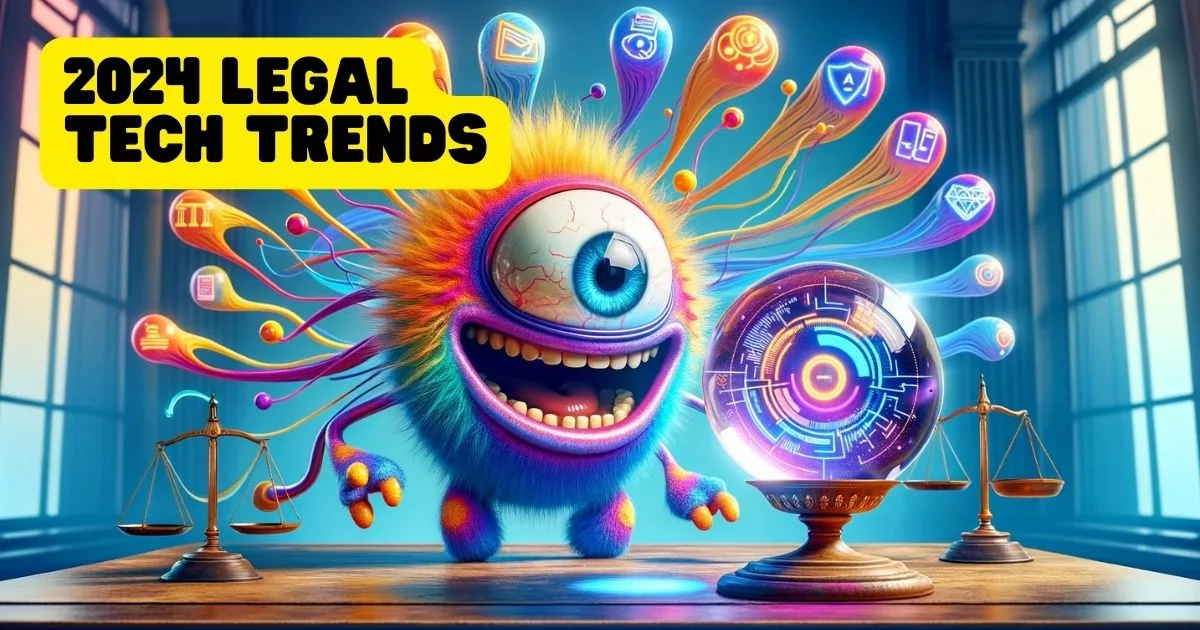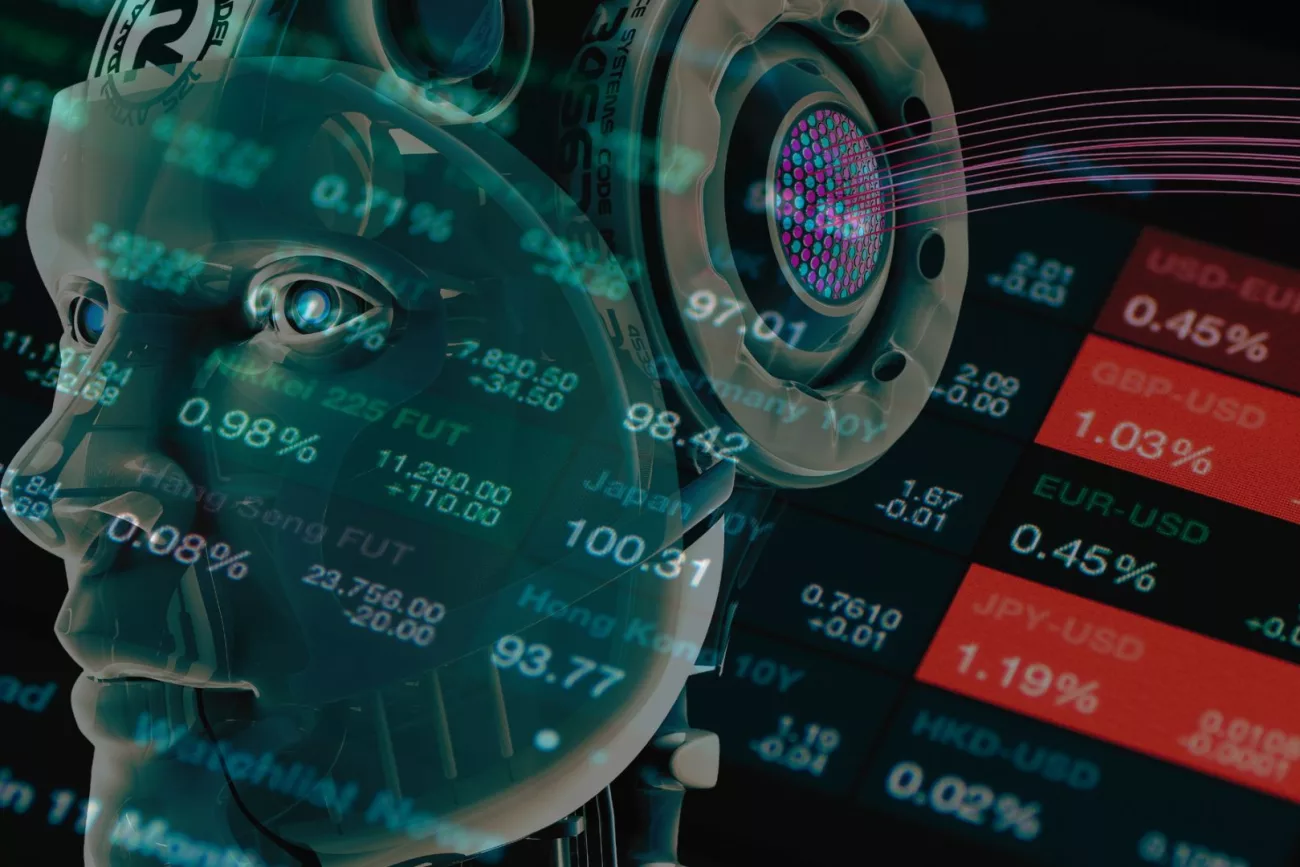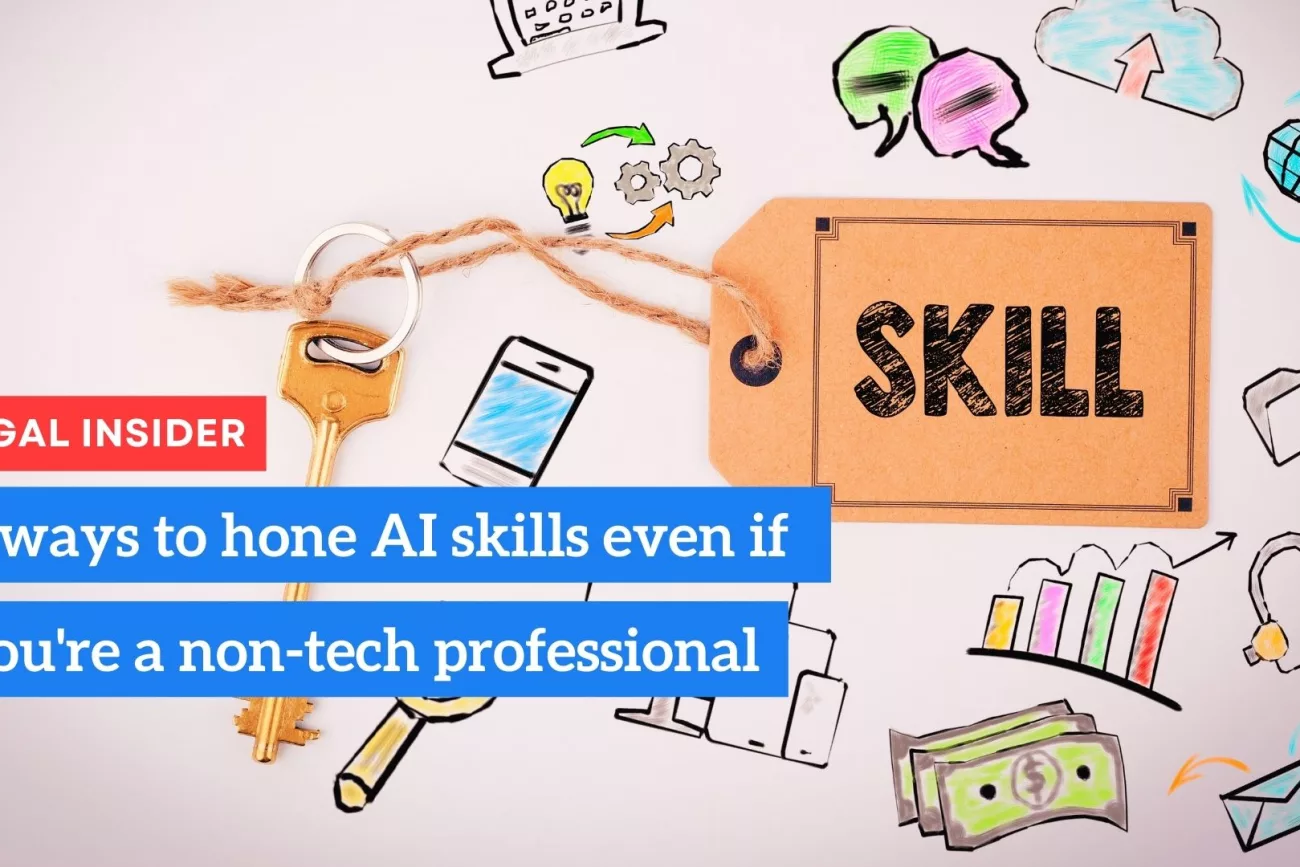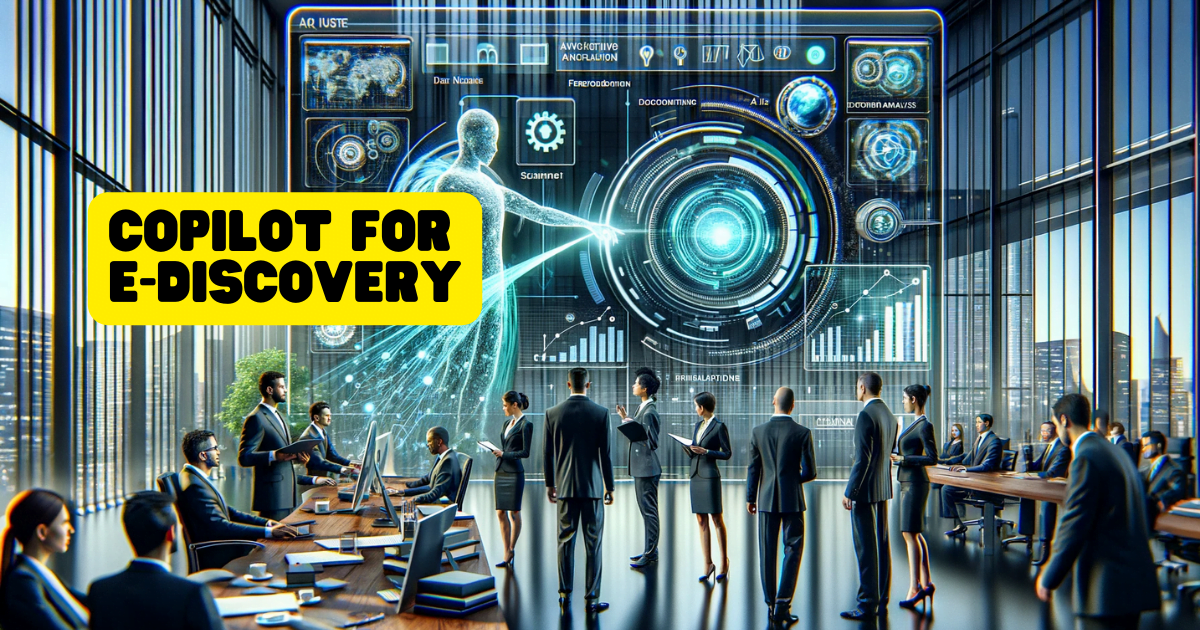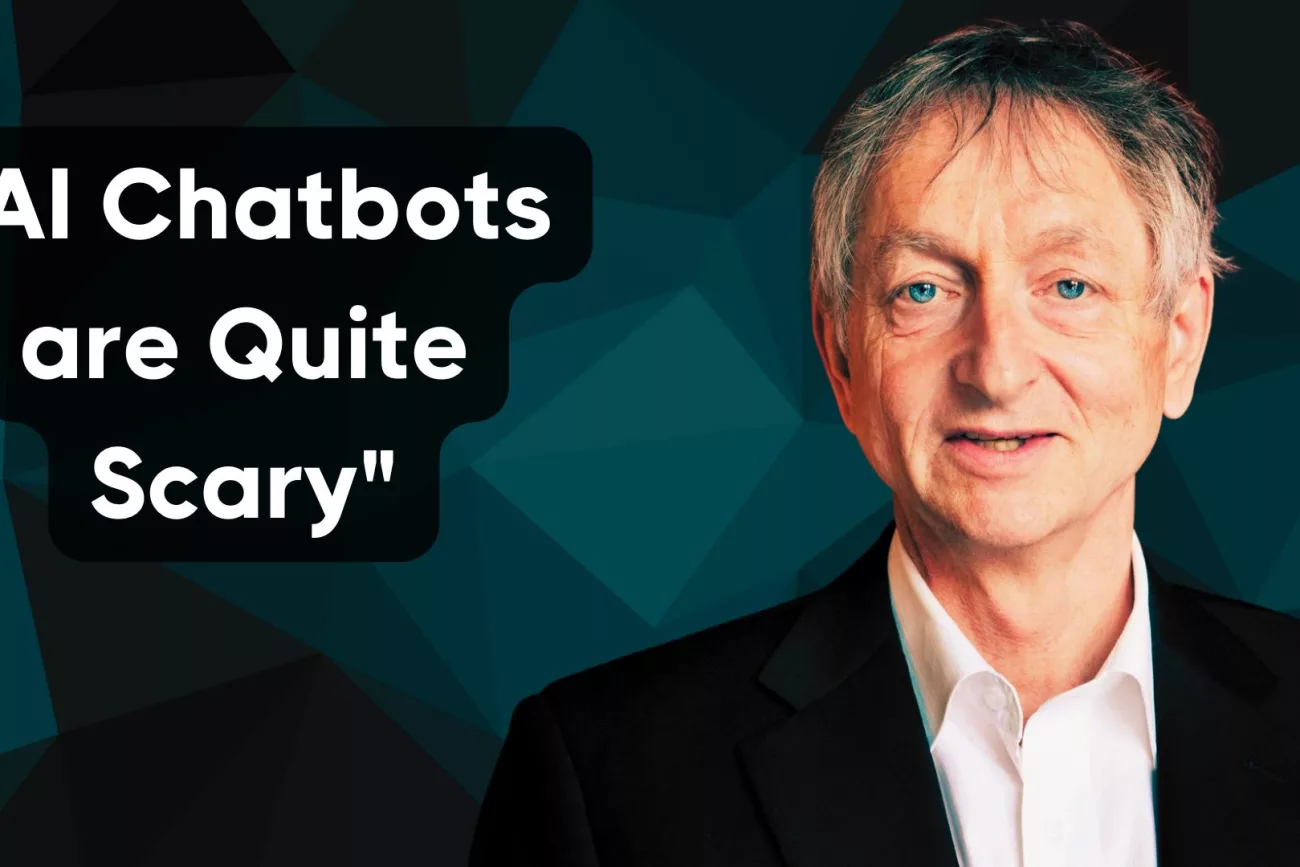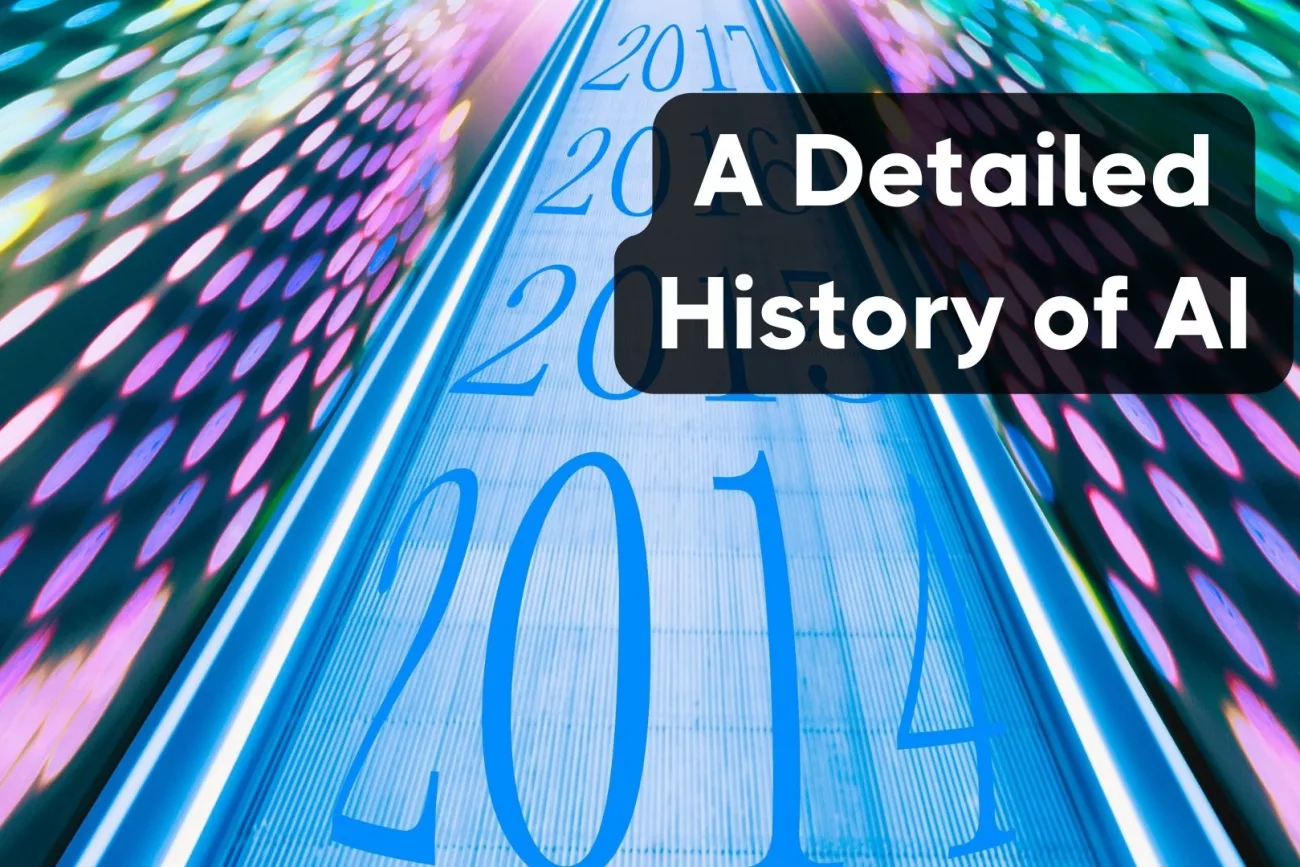
Key Points:
- The detailed history of AI traces its origins from ancient automata to the emergence of computing and logic in the 19th century.
- The Turing Test and the Dartmouth Conference in the 1950s marked significant milestones in the field of AI.
- After a period of setback known as the AI Winter, AI experienced a resurgence with breakthroughs in machine learning and deep learning.
- AI has become an integral part of everyday life, with applications ranging from virtual assistants to healthcare and autonomous vehicles.
Introduction
Artificial Intelligence (AI) has revolutionized industries, transformed societies, and captivated human imagination. But to comprehend its remarkable impact, we must embark on a journey through the detailed history of AI. From its early conceptualizations to its modern-day advancements, this article delves into the significant milestones, breakthroughs, and real-world applications that have shaped the AI landscape.
The Origins of AI
The seeds of AI were sown centuries ago, with visionary ideas and technological marvels that foreshadowed the possibility of intelligent machines.
The Ancient Roots
In the ancient world, inventors and thinkers explored the concept of automation and artificial beings. One notable figure was Hero of Alexandria, a Greek engineer who crafted automata capable of performing tasks with minimal human intervention[^1^]. These ancient automata laid the foundation for the notion of machines mimicking human actions, a fundamental aspect of AI.
The Birth of Computing and Logic
Fast forward to the 19th century, where breakthroughs in mathematics and computing provided the groundwork for AI’s development.
One key figure was Charles Babbage, often regarded as the “father of computing.” Babbage conceptualized the Analytical Engine, an early mechanical computer that could perform complex calculations[^2^]. Although his ideas weren’t fully realized during his lifetime, they laid the groundwork for the future of computing, an essential component of AI.
Another influential figure was George Boole, whose work on Boolean Algebra provided a mathematical foundation for logical reasoning and decision-making in computer systems[^3^]. Boole’s contributions played a pivotal role in the development of AI algorithms.
The Emergence of AI as a Field
The mid-20th century witnessed a significant shift in AI’s trajectory, marking its emergence as a distinct scientific field.
The Turing Test and the Birth of AI
In 1950, British mathematician and computer scientist Alan Turing proposed the “Turing Test” as a benchmark for machine intelligence[^4^]. Turing postulated that if a machine could engage in a conversation indistinguishable from that of a human, it would demonstrate true intelligence. This groundbreaking concept laid the foundation for AI research and development.
Turing’s visionary perspective on AI led to further exploration by pioneers in the field. His ideas ignited a wave of enthusiasm and sparked the belief that creating intelligent machines was within the realm of possibility.
The Dartmouth Conference: A Defining Moment
The year 1956 marked a pivotal milestone in the history of AI with the Dartmouth Conference. Led by John McCarthy, Marvin Minsky, Nathaniel Rochester, and Claude Shannon, this conference brought together a group of computer scientists who coined the term “Artificial Intelligence” and established AI as a distinct field of study[^5^].
The Dartmouth Conference set the stage for future research, sparking a surge of interest and attracting talented minds to delve into the possibilities and challenges of AI.
The Rise and Fall of AI
The 1970s and 1980s were marked by significant progress in AI research, followed by a period of reduced enthusiasm and funding, known as the “AI Winter.”
AI’s Golden Age
During the 1970s and early 1980s, AI experienced a period of exponential growth and exciting advancements. Researchers developed expert systems, a form of AI that utilized knowledge-based rules to solve complex problems in specific domains[^6^]. Expert systems showcased the potential of AI in tasks such as medical diagnosis, industrial automation, and financial analysis.
One notable example was MYCIN, an expert system developed at Stanford University in the 1970s. MYCIN demonstrated remarkable accuracy in diagnosing bacterial infections and recommending appropriate treatments, outperforming many human experts[^7^].
The AI Winter: Challenges and Setbacks
Despite the initial optimism, AI faced challenges and high expectations that were not met. The late 1980s and early 1990s marked the onset of the “AI Winter,” a period characterized by reduced funding and a general disillusionment with the progress of AI research[^8^].
The AI Winter was influenced by factors such as unrealistic expectations, overhyped promises, and the limitations of available technology. The gap between what AI was expected to achieve and what it could deliver led to a decline in interest and funding, causing many researchers to shift their focus to other fields.
However, this period of setback also served as a valuable learning experience. It prompted researchers to reevaluate their approaches, address the limitations of existing methods, and lay the foundation for future advancements.
The AI Renaissance
After the AI Winter, the field experienced a resurgence in the late 1990s and early 2000s, fueled by breakthroughs in machine learning and computing power.
Machine Learning Takes Center Stage
Machine learning, a subfield of AI focused on developing algorithms that enable machines to learn from data, emerged as a key driver of AI progress1. With the advent of more sophisticated algorithms and the availability of vast amounts of data, machine learning demonstrated its potential in various domains.
One breakthrough moment came in 1997 when IBM’s Deep Blue defeated world chess champion Garry Kasparov, showcasing the power of AI in strategic decision-making2. This victory marked a significant milestone, demonstrating that AI systems could surpass human capabilities in specific domains.
Deep Learning and Neural Networks
Deep learning, a subset of machine learning inspired by the structure and function of the human brain, revolutionized AI applications. Deep neural networks, composed of interconnected layers of artificial neurons, enabled the processing of large-scale data and the extraction of complex patterns3.
In 2012, a deep learning model called AlexNet achieved a remarkable breakthrough in image recognition by winning the ImageNet competition with unprecedented accuracy4. This achievement propelled the adoption of deep learning across various fields, including computer vision, natural language processing, and speech recognition.
AI in the Modern Age
The past decade has witnessed an explosion of AI applications, driven by advancements in computing power, data availability, and algorithmic innovations.
AI in Everyday Life
AI has become ingrained in our daily lives, often without us realizing it. Virtual assistants like Apple’s Siri, Amazon’s Alexa, and Google Assistant have become household names, providing us with information, entertainment, and assistance at our fingertips5. These virtual assistants utilize natural language processing and machine learning algorithms to understand and respond to human queries.
Furthermore, recommendation systems powered by AI algorithms are prevalent in online platforms, providing personalized suggestions for movies, music, products, and more. These systems leverage user data and collaborative filtering techniques to tailor recommendations to individual preferences6.
AI in Healthcare
Healthcare is a domain where AI is making significant strides, with the potential to revolutionize patient care, disease diagnosis, and drug development. AI algorithms can analyze medical images, such as X-rays and MRIs, assisting in the detection of diseases like cancer with high accuracy7. AI-powered systems can also contribute to the discovery of new drugs by analyzing vast amounts of scientific literature and genetic data8.
Looking Ahead
The future of AI is filled with immense possibilities and potential for transformative impact.
AI in Autonomous Systems
Autonomous vehicles represent a cutting-edge application of AI. Companies like Tesla, Waymo, and Uber are investing heavily in developing self-driving cars that rely on AI algorithms for perception, decision-making, and navigation9. The successful integration of autonomous vehicles into our transportation systems could lead to safer roads, reduced traffic congestion, and improved accessibility.
AI Ethics and Regulation
As AI becomes more prevalent in our lives, ethical considerations become increasingly important. Ensuring transparency, accountability, and fairness in AI systems is crucial to prevent unintended biases and address potential societal risks10. Policymakers and organizations are actively exploring frameworks and guidelines for responsible AI development and deployment.
Conclusion
The journey of AI, from its early origins to its present-day prominence, showcases the incredible progress made by researchers, engineers, and visionaries. The history of AI is marked by breakthroughs, setbacks, and resurgences, all of which have contributed to its evolution into a transformative force.
As we move forward, AI will continue to shape industries, revolutionize healthcare, and redefine the boundaries of what machines can achieve. While challenges and ethical considerations remain, the potential for AI to drive innovation and improve lives is undeniable.
In this age of accelerating technological advancements, the detailed history of AI serves as a foundation for the exciting possibilities that lie ahead. By understanding the past, we can navigate the future with informed perspectives and ensure that AI developments align with our collective goals and values.
References:
- LeCun, Y., Bengio, Y., & Hinton, G. “Deep learning.” Nature, vol. 521, no. 7553, 2015, pp. 436-444. ↩
- Campbell, M., et al. “Deep Blue.” Artificial Intelligence, vol. 134, no. 1-2, 2002, pp. 57-83. ↩
- Schmidhuber, J. “Deep learning in neural networks: An overview.” Neural Networks, vol. 61, 2015, pp. 85-117. ↩
- Krizhevsky, A., et al. “ImageNet Classification with Deep Convolutional Neural Networks.” Advances in Neural Information Processing Systems, 2012, pp. 1097-1105. ↩
- Li, H., et al. “Personal Assistant Agents for Ambient Intelligence.” Proceedings of the IEEE, vol. 101, no. 10, 2013, pp. 2359-2379. ↩
- Ricci, F., et al. “Recommender Systems Handbook.” Springer, 2015. ↩
- Esteva, A., et al. “Dermatologist-level classification of skin cancer with deep neural networks.” Nature, vol. 542, no. 7639, 2017, pp. 115-118. ↩
- Angermueller, C., et al. “Deep learning for computational biology.” Molecular Systems Biology, vol. 12, no. 7, 2016, pp. 878. ↩
- KPMG. “Autonomous Vehicles Readiness Index.” 2019. link ↩
- Jobin, A., et al. “The Global Landscape of AI Ethics Guidelines.” Nature Machine Intelligence, vol. 1, no. 9, 2019, pp. 389-399. ↩



